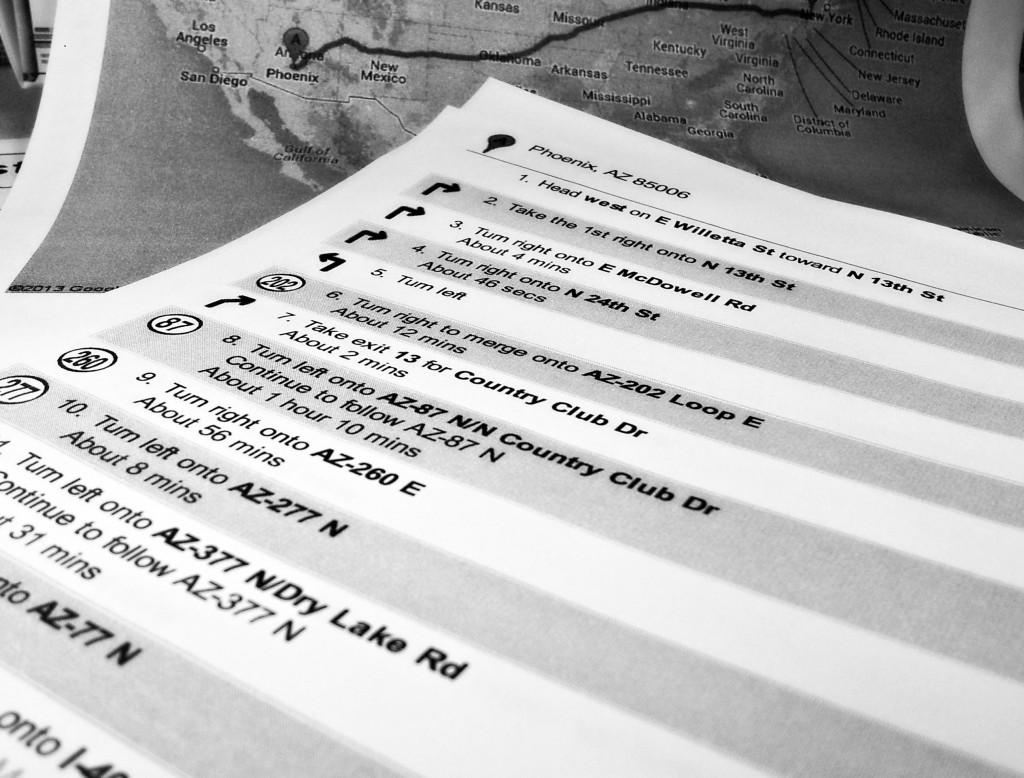The way we go about planning for moving has changed drastically over the last decade.
What used to require a trip to the local AAA, and lots of highlighters on fold-out maps larger than your average 10-year-old, can now be accomplished in less than five seconds on a device that fits snugly in the palm of your hand. A smart phone with built-in GPS capabilities will plan your route, talk back to you, and even find the cheapest gas along the way.
Still, even though technology has made moving day much simpler, some pre-planning is still required. Waiting until you’re in the driver’s seat of your moving truck to pull up directions for the very first time spells disaster. What if your new home is so new that it’s not even on the map yet? What if there are unexpected road closures or restrictions? These are all things that could wreak havoc on your trip if you’re not prepared.
So, what can you do to minimize the chance of a moving day disaster? A few Google searches and 20 minutes of your time should get the job done! Follow the steps below to make sure you are ready to make the trek on moving day.
1. Plan and Decide on your Route:
Plug in your start address, end address, and any planned stops along the way in to the navigation service of your choice. Usually, multiple routes are suggested; the first route is usually the fastest, although it may not always be the shortest. Choosing the best route will depend on your time limitations. Be sure to examine your route for and any major restrictions that could block the access of a moving truck. For example, things like overpasses, bridges and tunnels can pose a problem if there is not enough clearance.
2. Research your Route:
It’s best to look at your route at least once on a computer or laptop before moving day. Make mental note of any long stretches, like driving straight for 10 hours. Plan out the rest areas or lodging locations you will stop at along the way to take a break. Remember to purchase a padlock for your moving truck to secure it at these stops. Once the route is planned, make sure all potential drivers are familiar with the route. It is also wise to check websites for extra information about road closures or detours during the days leading up to your move. Sites like fhwa.dot.gov and apps like Waze provide specific information about national highways.
3. Print out Directions:
Although it may seem old-school, having a hard copy of directions will come in handy if cell phone batteries die, GPS signal is lost, or if anything else renders your device useless. It’s even advisable to print out two copies, just in case. Use a two pocket folder to create a ‘moving day’ file and include the printed directions, plus any other important moving documents like moving truck paperwork. Put a folder with the same information in every vehicle that will be travelling as part of your move.
Moving day can seem stressful sometimes, especially if you are going across the country. Luckily, following the steps above to plan your roué will arm you with everything you need to make moving day travel easier, and prepare you for any hiccups.
Do you have any tips to plan your moving day route? Let us know below in a comment.
This post comes from the editors at Movinginsider.com; your resource for everything related to moving, storage and organization.


